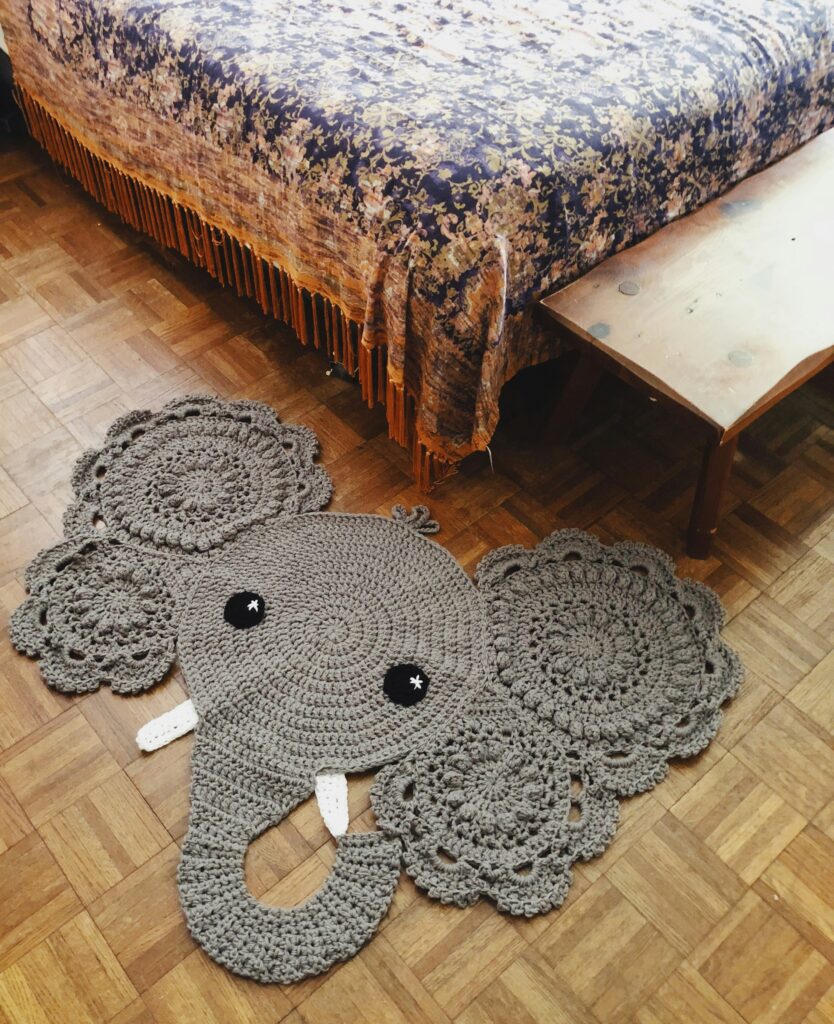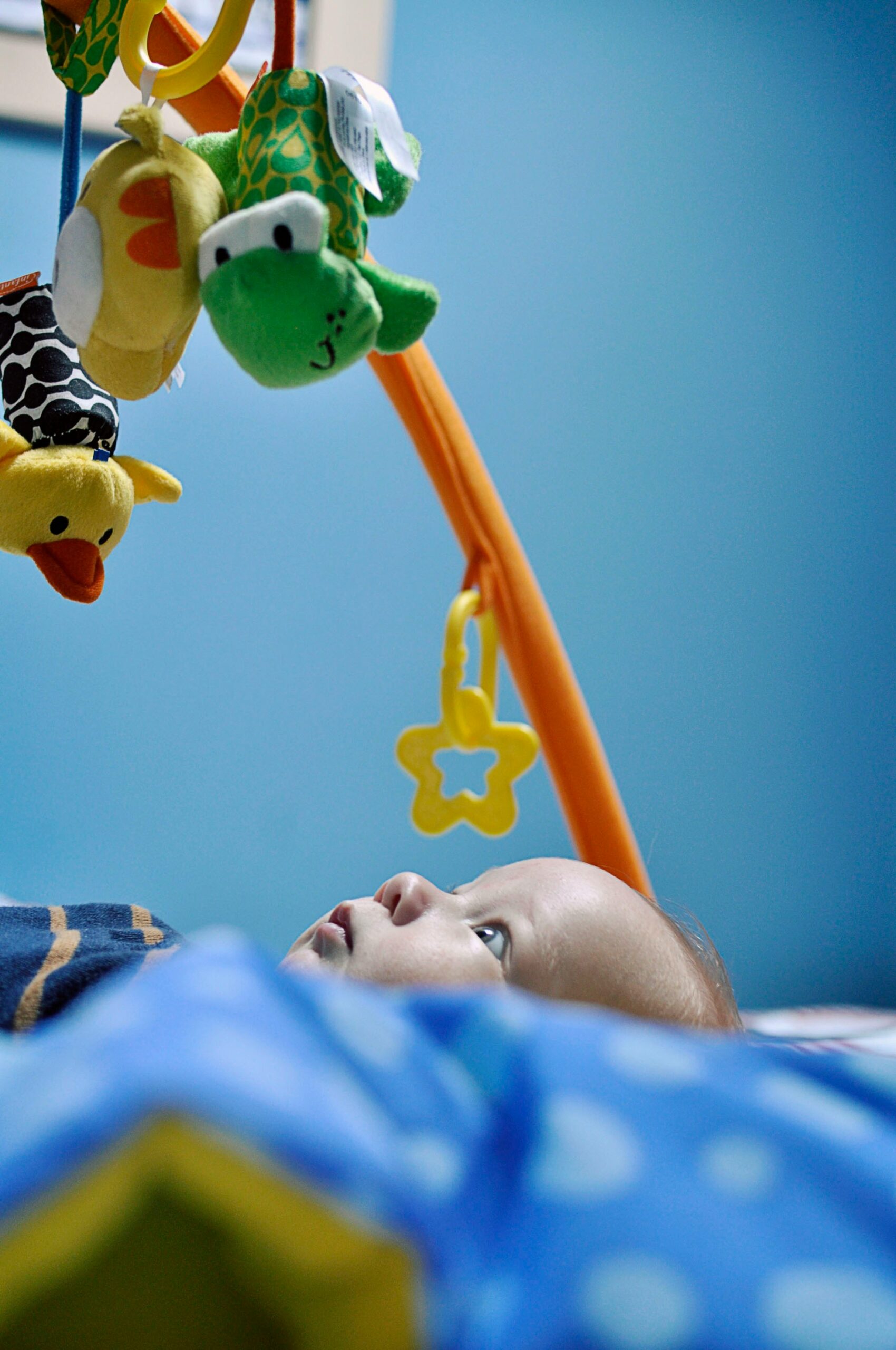Choosing between baby play mats and traditional rugs for your child’s play area can be challenging. Play mats offer the advantage of quick cleaning and sanitizing, which makes them highly convenient for busy parents. They are typically more budget-friendly, starting around $20 for single mats. If you’re looking for a durable and manageable option, consider Wildbird’s baby play mat, which combines comfort and easy maintenance.
Traditional rugs, on the other hand, can add a warm and cozy touch to your play area. They often require more effort to clean, especially if your little one has frequent accidents or spills. The soft surface of a rug might be less practical for daily messes compared to a baby play mat.
Both options offer benefits, but your choice depends on your specific needs and lifestyle. For instance, if you prefer a low-maintenance, safe, and comfortable spot for your baby, baby play mats are a great solution. Traditional rugs can still provide a beautiful and cushioned area but require more upkeep and might not handle messes as efficiently as play mats.
Features and Benefits of Baby Play Mats
When considering baby play mats for your child’s play area, key features such as material safety, developmental benefits, and ease of maintenance make them appealing compared to traditional rugs.
Material and Safety Considerations
Baby play mats are designed with safety as a top priority. They are typically made from non-toxic materials like foam, PVC-free plastics, or natural rubber. XPE foam is a popular choice due to its hypoallergenic properties and lack of harsh chemicals.
Play mats provide excellent cushioning and support to protect babies from falls, which is important as they learn to crawl and walk. Many are safety-certified to ensure they don’t contain harmful substances, providing peace of mind for parents.
Design and Developmental Benefits
The design of baby play mats often includes patterns and contrasting colors that stimulate visual development. Some mats feature activity gyms with hanging toys to engage babies in sensory play and help develop motor skills.
These mats encourage cognitive development through interactive elements and textures. For instance, babies can practice fine motor skills by reaching for toys or feeling different textures on the mat. The design aims to keep your baby entertained while promoting growth and learning.
Utility and Maintenance
Baby play mats are known for their convenience. Many are foldable and portable, making them easy to store and transport. This is perfect for families who need a play area that can move from room to room or travel with them.
Most play mats are machine washable or wipeable, which makes them easy to clean. This is essential for maintaining a hygienic play environment for your child. The materials used are typically durable and designed to withstand spills and stains, ensuring the play mat remains in good condition for a long time.
Comparing Play Mats to Traditional Rugs
When setting up a play area, it’s important to compare the materials, safety, and aesthetics of baby play mats and traditional rugs to choose the best option for your needs.
Material Differences and Comfort
Play mats are often made from materials like foam, which offer a soft, cushioned surface. They can come in various thicknesses to provide ample padding for babies. This reduces discomfort and potential injury from hard floors.

Rugs, on the other hand, are typically made from fabrics like cotton or polyester. While they can be thicker than normal rugs, they generally don’t offer the same level of cushioning as play mats. This may be less comfortable for prolonged play sessions.
Consider choosing a play mat for more comfort and investing in well-known brands like Fisher-Price or Baby Einstein for trusted quality.
Safety and Practicality in Play Areas
Safety is a necessary factor when selecting a play mat or rug. Play mats usually adhere to strict safety standards, featuring non-toxic materials and non-slip bottoms. This makes them a safer choice for young children who are just learning to crawl or walk. They are also easier to clean, usually requiring just a wipe-down.
Rugs can sometimes slip on hard floors unless they have a non-slip backing. They may also trap dirt and spills, requiring professional cleaning for tougher stains.
Rugs can be more prone to allergens and are less sanitary compared to the easily cleaned play mats. This can be a deciding factor for parents concerned about hygiene.
Lifestyle and Aesthetics
Play mats come in a variety of styles, colors, and patterns that can match or improve your home’s decor. Brands like Toddlekind offer visually appealing designs that can fit seamlessly into modern living spaces while still providing practical functionality.
Rugs also come in diverse patterns and materials, offering more traditional aesthetic options. While they might improve the look of a room, they often lack the interactive elements found in play mats, like activity gyms and sensory toys.
When it comes to budget, play mats can range from affordable options starting around $20 to more expensive sets. Rugs can also vary widely in price but tend to be on the higher end, especially if you opt for durable, high-quality options.
Conclusion
Choosing between baby play mats and traditional rugs depends on your family’s needs. Play mats offer more safety features, easy cleaning, and versatility. Traditional rugs, though less specialized, can also provide a comfortable play area if maintained well. Assess your priorities to find the best fit for your child’s play space.
You may also like
How to Navigate the Spring Clock Change With Children
